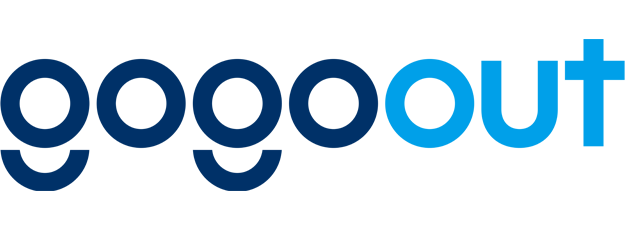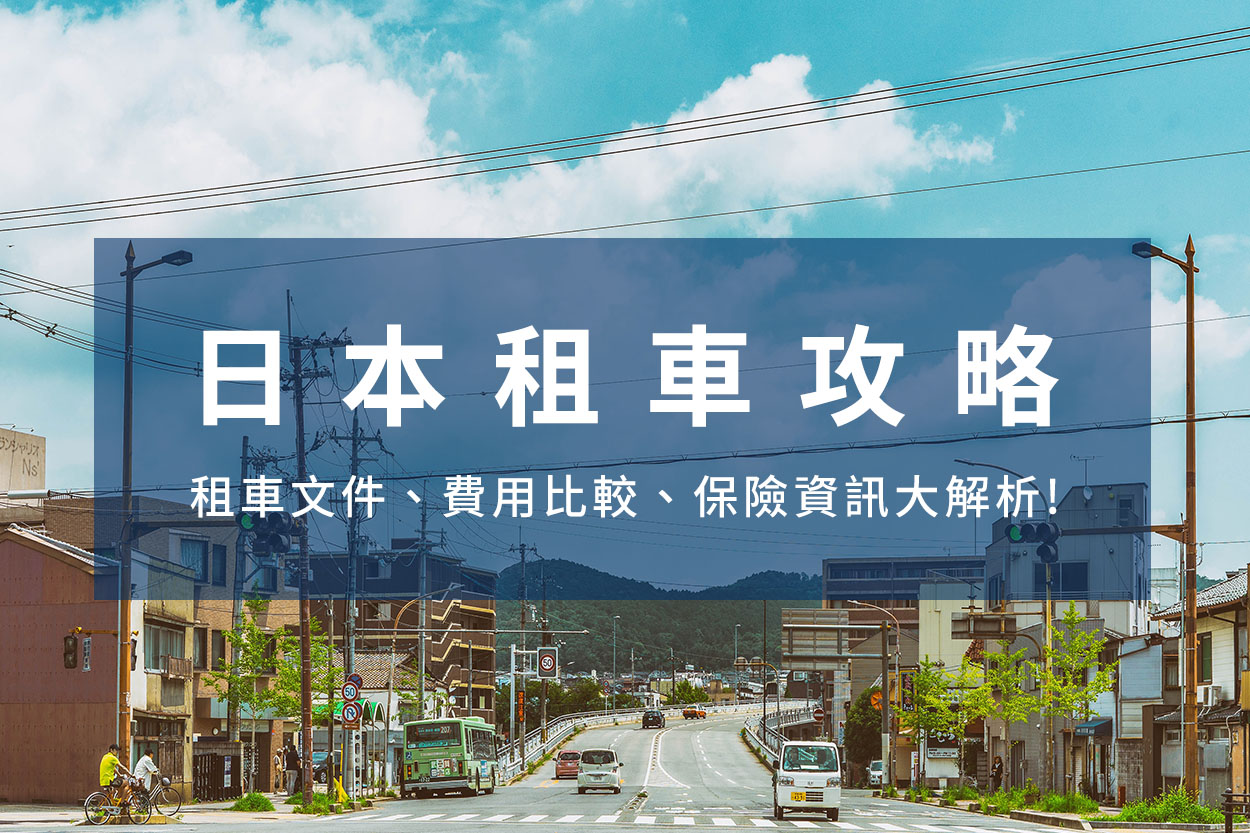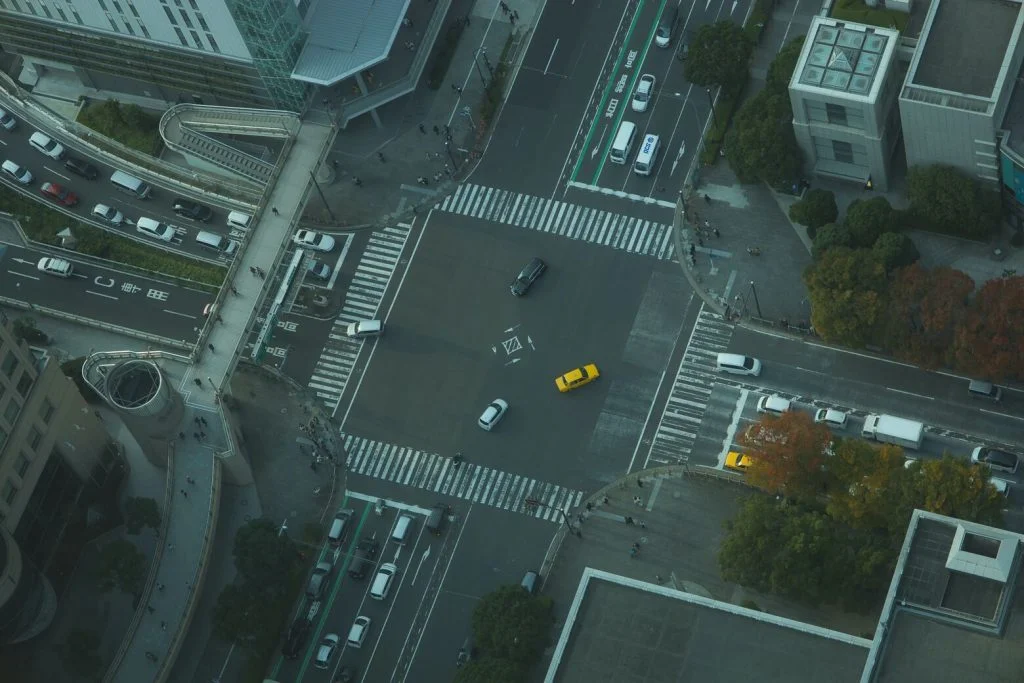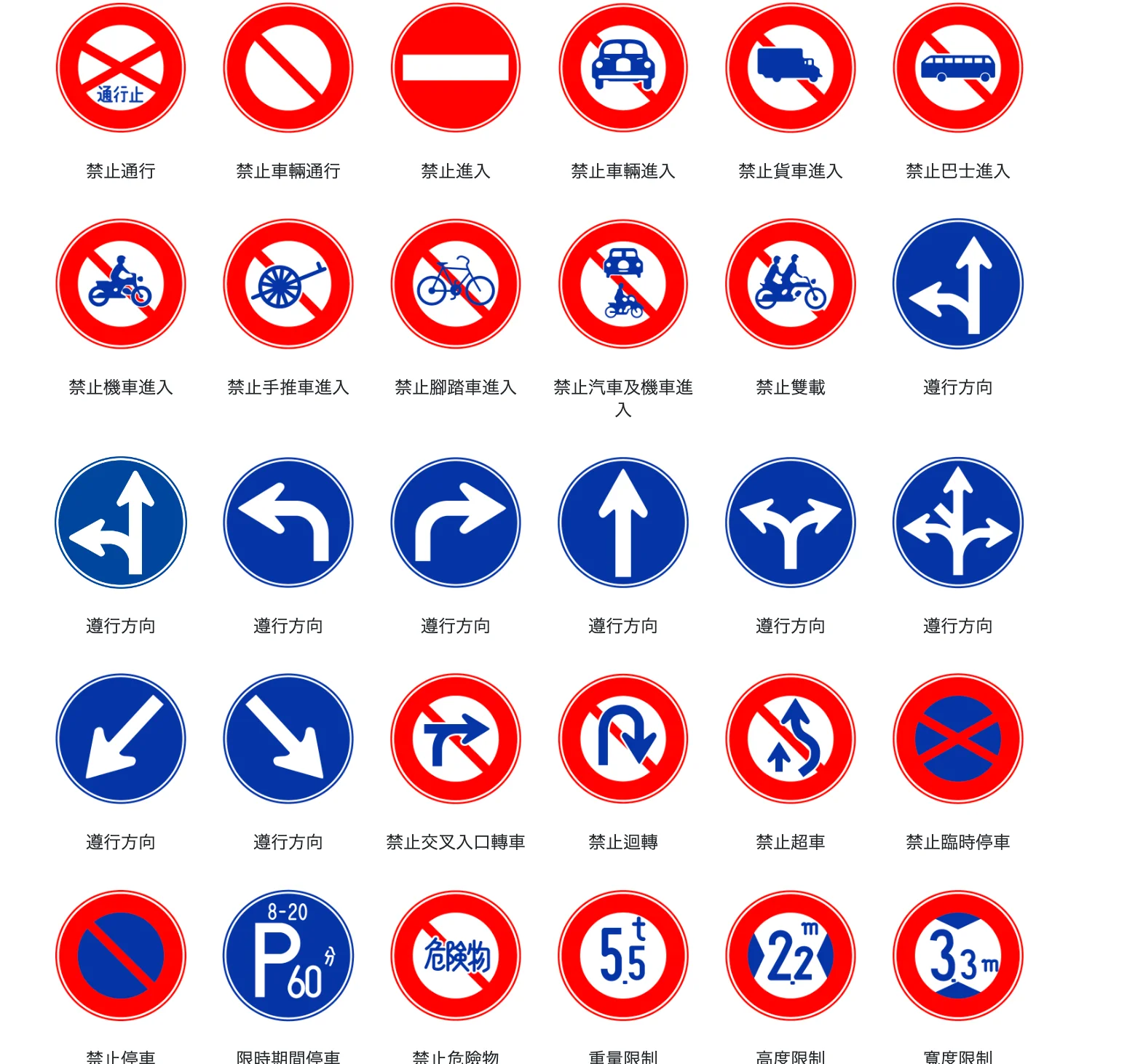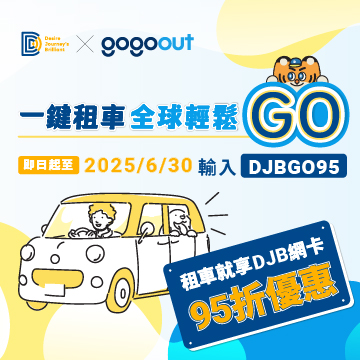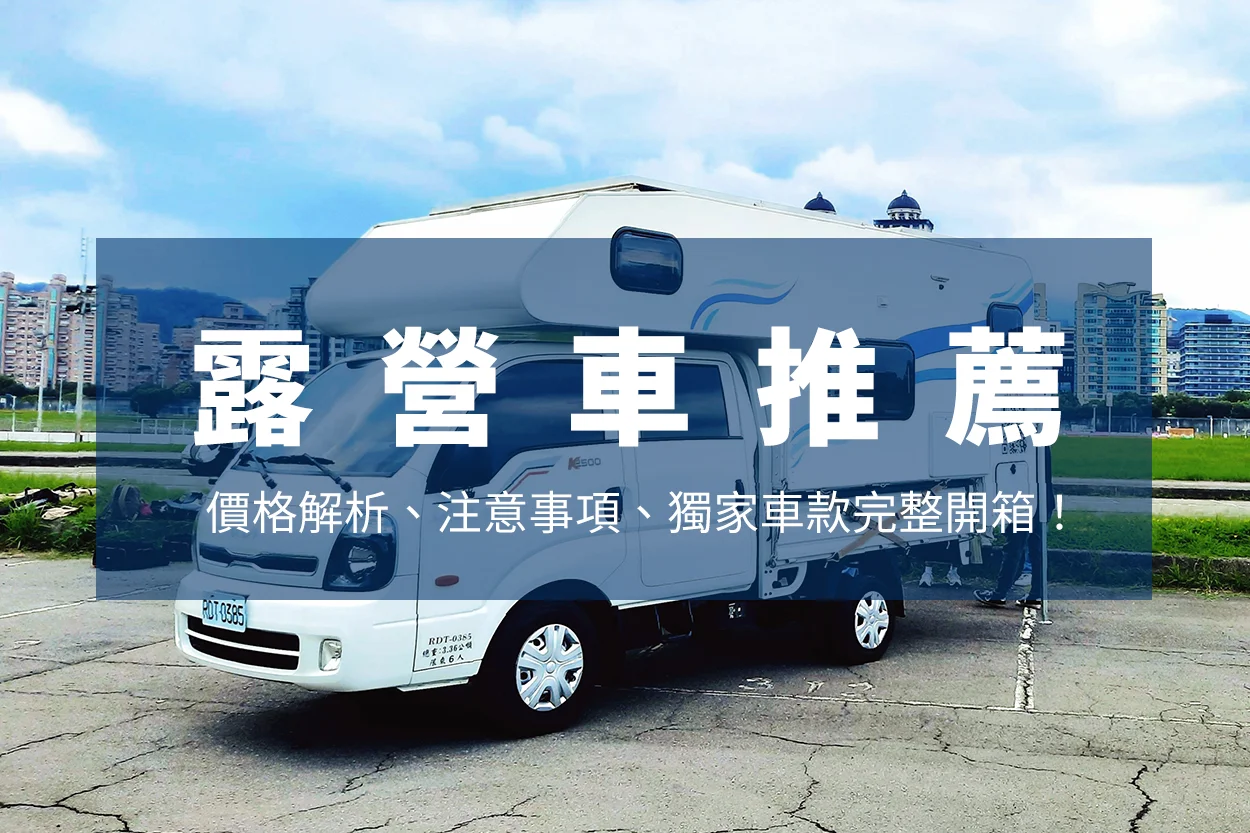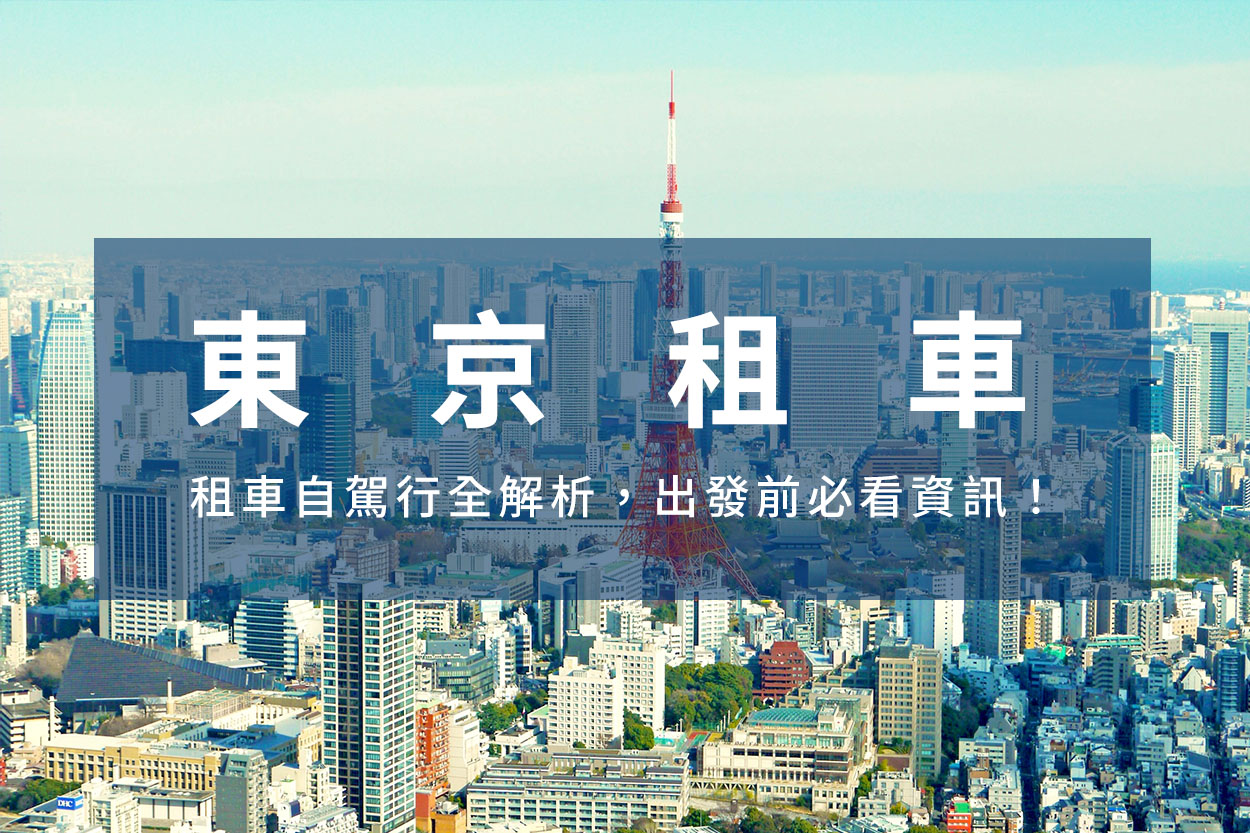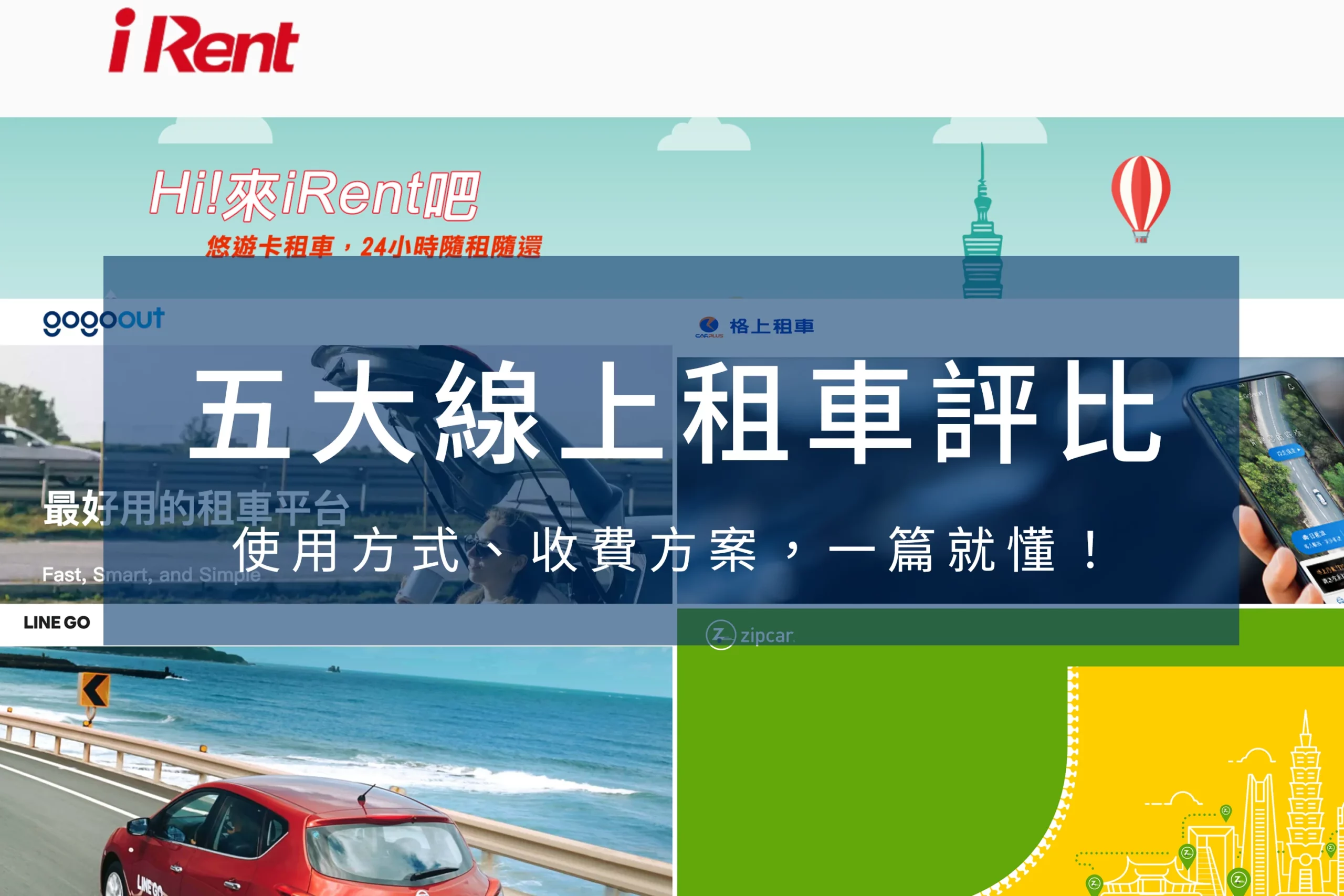
日本租車,是讓你深入了解這個美麗國家的一個自由且方便的方式。無論你是探訪繁華都市、漫遊寧靜鄉野、還是追尋遠離遊客區的隱藏在地秘境,租車都能賦予你極大的靈活性。在本篇文章中,我們將提供詳盡的日本租車攻略,包括所需的文件、租車注意事項,以及上路時需要注意的法規和常見問題FAQ,全面助你順利探索日本之美。看完這篇文章,就讓我們一同踏上探索日本的精彩之旅,出發體驗不同的旅日行程吧!
Most common questions before renting a car in Japan:
A: Japanese car rental regulations don't necessarily require you to have held a license for a year, but please check that you meet the rental company's minimum age restrictions before renting.
A: No! Any contury's traveler need the international driver's license to legally rent a car in Japan. Without it, you won't be able to drive.
A: There are three types of insurance for car rentals in Japan: basic compulsory insurance, CDW (Collision Damage Waiver), and NOC (Non-Operation Charge) compensation. Detailed individual introductions are in this article, keep reading to get the complete guide for renting a car in Japan!
4 Reasons to Recommend Japan Car Rental
First, let's explore why renting a car is so popular for independent travel in Japan. The advantages of renting a car include:
- Freedom: You can decide your own travel itinerary without being limited by public transport routes or schedules.
- Exploring hidden treasures: A rental car can take you deep into remote areas of Japan to visit hidden scenic spots and cultural treasures.
- Convenience: Especially in rural areas, renting a car is often more convenient than other options.
- 便宜選擇:對於多人旅行,租車通常比多次購票的交通工具更經濟實惠。
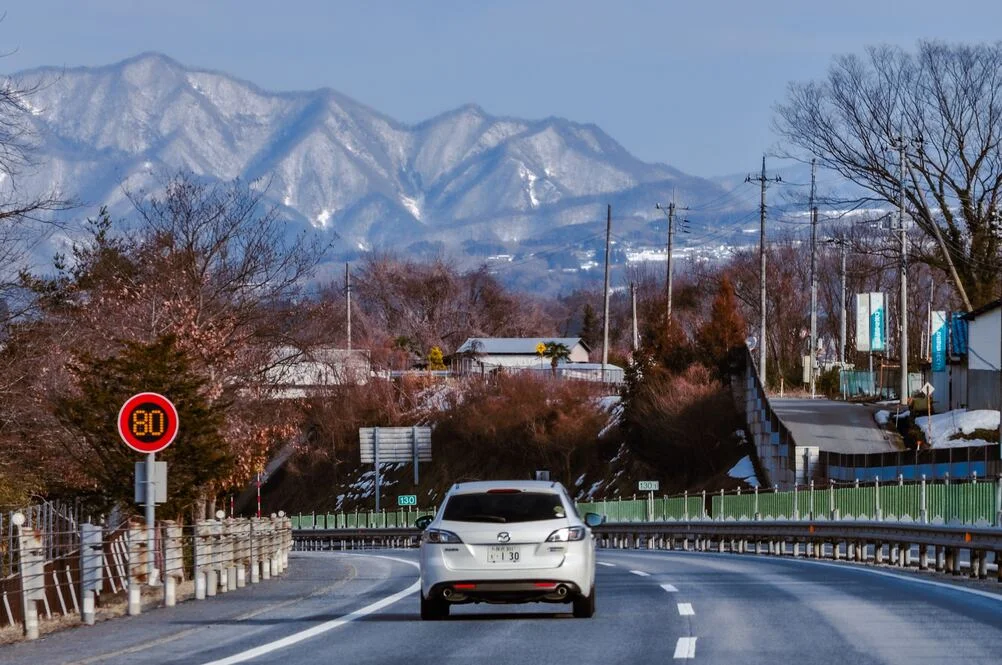
There's no need to feel overly fearful or panicked when driving in a foreign country, as locals will give you appropriate consideration due to the following elements:
- Foreign driver magnet sticker 外国人驾驶中(外国の方が運転しています)
Due to the high number of foreign self-driving tourists in Okinawa and Hokkaido, these stickers have been introduced to remind other Japanese road users to pay attention and give appropriate consideration. This allows Taiwanese drivers to become more comfortable with different traffic habits from their home country, without causing accidents due to haste.
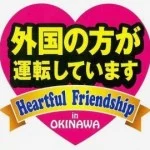
- Rental car license plate information:
Japanese license plates have a hiragana character before the numbers. If it's わ or れ, it indicates that the car is a rental vehicle.
Both of these pieces of information let locals know that the driver is a tourist or renter, and they will give you some consideration! Knowing this information, don't you feel much more at ease?

(However, you still need to be careful not to ignore regulations just because you're a foreign tourist. Pay attention to what you should, and make your self-driving trip in Japan even safer!)
Japan Car Rental Essential Documents
Before starting your journey, make sure you have the following necessary documents to smoothly rent a car in Japan:
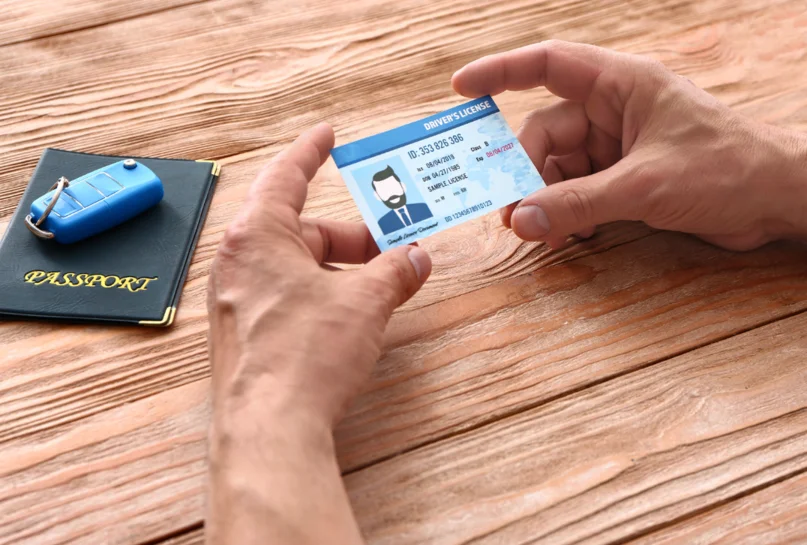
Passport:
This is your important document. Ensure your passport is valid during the rental period and matches the information registered when booking the car.
Valid Driver's License
As long as the renter's driver's license is valid in their place of residence, they can legally rent cars and motorcycles in Japan.
Reminder | It's recommended to bring the original of your home country's driver's license for provision if necessary.
Taiwan, Belgium, Switzerland, France, Germany, Morocco, Estonia, and Slovakia are only accepted with a Japanese translation of their driver's license in Japan.
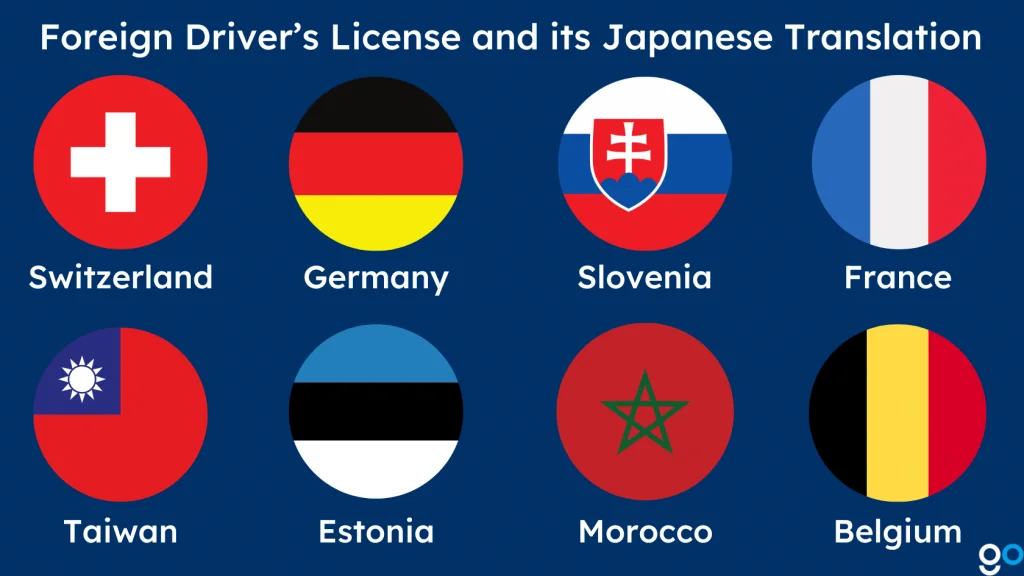
Reminder | Ensure the Japanese translation matches the driver's license information. If the license needs to be renewed or updated, make sure the information is consistent.
International Driving Permit:
Those holding an international driving permit issued by countries party to the 1949 Geneva Convention on Road Traffic (valid for one year) can legally drive cars and motorcycles in Japan by carrying their passport and international driving permit.
Reminder | Japan does not recognize international driving permits issued by countries party to the 1926 Paris Convention, 1943 Washington Convention, or 1968 Vienna Convention.
According to Japanese regulations, as long as you have the above valid documents, you can drive a car or rent cars and motorcycles within one year of entering Japan.
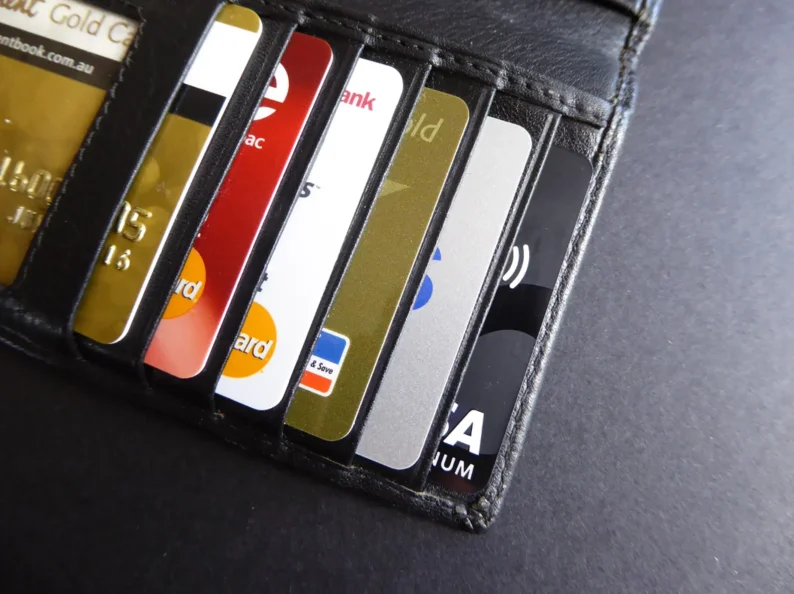
Credit Card:
When renting a car in Japan, some shops have regulations for pre-authorizing a deposit on a credit card, while others will verify the credit card information of the "booker" or the "renting driver" at the time of pick-up. Therefore, remember to bring the relevant credit card when picking up the car before departure!
Japan Car Rental Cost Comparison
There are many online car rental companies in Japan, each offering different locations, vehicles, and insurance amounts. Below is a basic fee and service comparison table for renting a vehicle in Okinawa as an example, for your reference. (Actual amounts may vary based on current quotes)
Comparison table for small five-seater vehicles
| gogoout | Tabirai | OTS RENT-A-CAR | ORIX RENT-A-CAR | |
|---|---|---|---|---|
| Airport pickup and drop-off | (depending on the store) | ○ | ○ | |
| English contact | ○ | ○ | ○ | ○ |
| Price (one day) | Start st USD 28 | Start st USD 75 | Start st USD 100 | Start st USD 75 |
| GPS | (depending on the store) | ○ | ○ | ○ |
| ETC | (depending on the store) | ○ | ○ | ○ |
| Safety seat | (depending on the store) | ○ | ○ | ○ |
| Open hour | (depending on the store) 8:00~20:00 |
8:00~20:00 | 8:00~19:00 | 8:00~20:00 |
| Car rental insurance | ○ | ○ | ○ | ○ |
Japan Car Rental Insurance Analysis

日本租車補償制度,其實就是日本的租車保險賠償。
All vehicles on the road in Japan must have basic compulsory insurance and a certain level of insurance compensation (for personal injury, property damage, and vehicle damage),which are usually included in the basic rental fee.Most compensation amounts will be paid by the insurance company, but there are still costs that customers need to bear, which is the"deductible".
Under this deductible compensation, there are two types of exemption compensation systems:
1. Collision Damage Waiver (CDW)
In addition to the basic compulsory insurance, this can exempt you from paying the deductible generated by the accident.
2. NOC Compensation (Non-Operation Charge)
Also known as business interruption compensation,which can exempt you from paying for the rental company's business loss during the vehicle repair period caused by the accident..
Reminder | These two insurances are separate. Having a waiver doesn't necessarily mean you're exempt from paying the NOC!
We sincerely recommend that everyone purchase these insurances when renting a car in Japan. It's better to be safe than sorry. A little extra cost can greatly reduce significant losses in case of an unfortunate event!
Japan Car Rental Process
1. gogoout Renting A Car In Three Steps
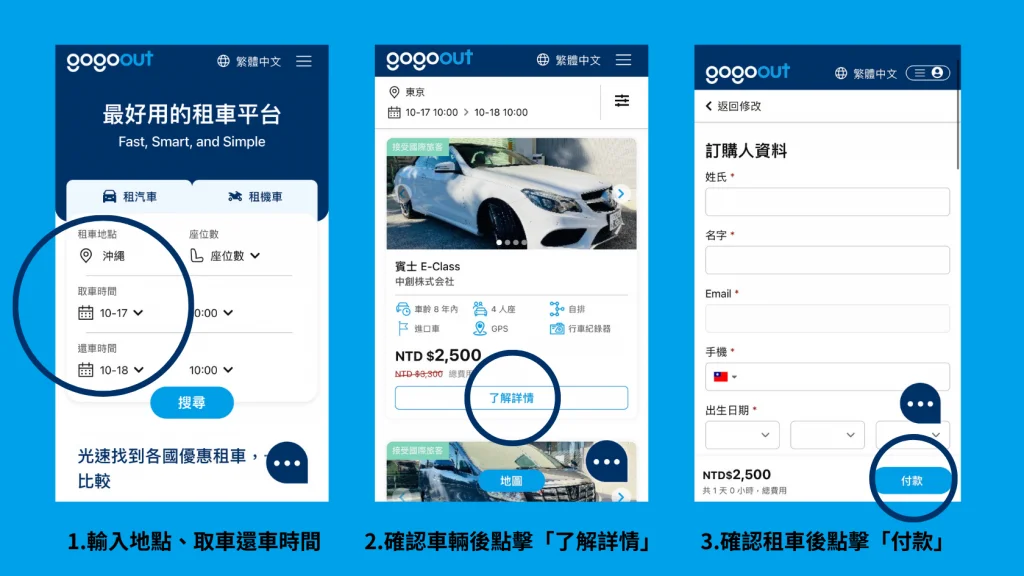
2. Car Pick-up Process
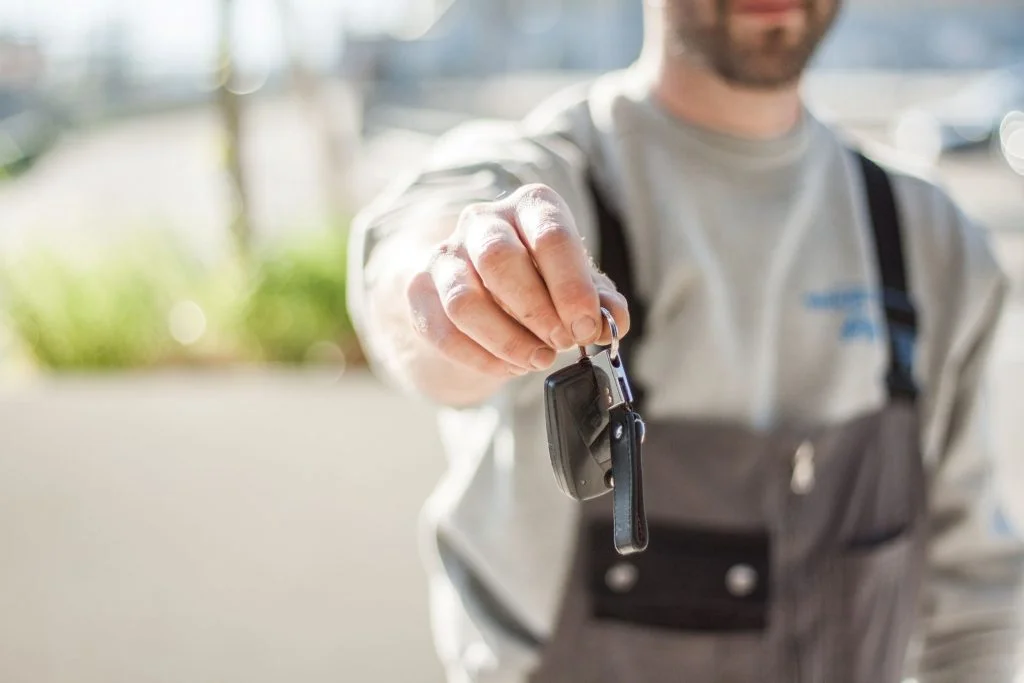
When renting a car in Japan, make sure you've booked a vehicle in advance and have the necessary documents (such as passport and driver's license) before picking up the vehicle.
The pick-up process usually goes as follows:
- Book a rental car: Reserve a vehicle with a reputable car rental company, ensuring you rent the relevant vehicle on the expected travel date, time, and location.
- Arrive at the pick-up location: Arrive at the pick-up location according to the booked time. The location can usually be chosen from options like picking up at the store, at the airport, or being picked up at the airport and taken to the store. Please confirm the relevant pick-up service details with customer service when booking.
- Check the vehicle condition: Before signing the rental contract, carefully check the exterior and interior of the vehicle and record any existing damage or defects. This helps avoid unnecessary charges when returning the car.
- Sign the contract: When you're satisfied with the vehicle's condition, sign the rental contract with the car rental company. This will also include rental duration, mileage limits, fee details, and insurance options. Please double-check all details carefully.
- Payment and deposit:You'll need to pay the rental fee and possibly a deposit. Depending on the services provided by the shop, decide whether to pay by cash or credit card.
*With gogoout, you complete the payment when you book the vehicle, so you only need to confirm and pick up the vehicle at the shop, making it convenient, fast, and simple! - Get the car keys: After completing all necessary paperwork, get the car keys. You're now ready to set off.
3. Car Return Process
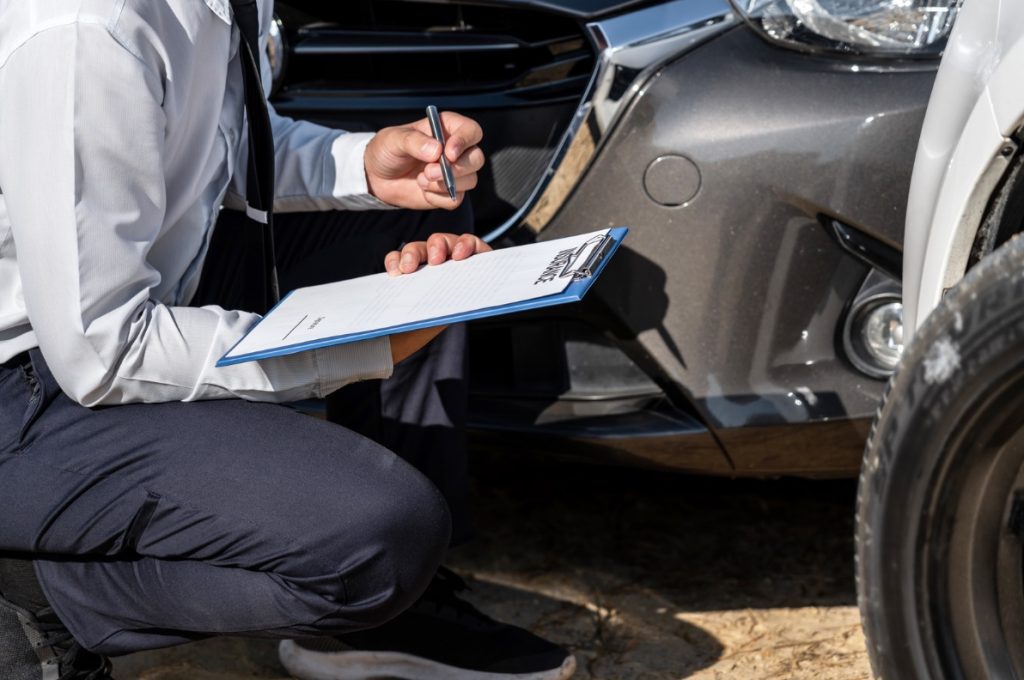
When renting a car in Japan, smoothly returning the car at the end of the rental period is also crucial. Here's a detailed analysis of the return process:
- Schedule return time: In the rental contract, make sure you understand the return date and time. Plan ahead to ensure you won't be late returning the vehicle.
- Arrive at the return location: Go to the designated return location, usually the same as the pick-up location. If you've chosen a different return location or airport return service, please confirm with the shop or customer service when booking the vehicle!
- Clean and refuel: Before returning, clean the interior of the car and make sure no personal items are left behind. Also, ensure the vehicle has enough fuel to avoid additional refueling charges. Different shops have different fuel policies, some require the same fuel level as at pick-up, while others require a full tank return. Be sure to confirm when signing the contract!
- Return inspection: When returning, the rental company staff will check the vehicle's condition. They will compare it with the damage or defect information recorded when you picked up the car and ensure there's no new damage upon return.
- Sign return documents: Once the vehicle condition check is complete, you'll be asked to sign return documents confirming that the rental transaction is complete.
- Deposit refund: If you paid a deposit, it will be refunded according to the contract terms. This may take some time to process, so please inquire about the details when returning the car.
Understanding the pick-up and return processes can help you avoid unnecessary troubles and ensure a smooth overall rental experience. Follow the rental company's instructions and record all relevant information to ensure quick resolution of any issues that may arise.
Japan Car Rental Important Considerations
1. Traffic Regulations / Traffic Fines

Drive on the Left:
日本是右駕,是與台灣及大多歐美國家是相反的,在方向盤的操作以及道路規則也都相反喔,所以剛上路方向燈打成雨刷是正常的,真的不用心慌,只要記得放慢速度,注意路況,該遵守的不要少即可!
日本自駕口訣:
Remember this rule, wide right turns, tight left turns. At intersections or when exiting, check the right side first, then the left, to avoid colliding with oncoming traffic.
Safe Driving:
Maintain steady speed and avoid speeding;Never drink and drive;Always wear seatbelts.
Needless to say, what you can't do in US, you also can't do in Japan.
日本超速罰款:
日本是沒有速限容許值,只要超速1km就是超速!
但是日本對於速限的定義,對於外國人來說也非常迷惑,因為多半的日本人都是將速限當參考值,實際的上路速度都是遠大於速限的。因此建議前去日本自駕的旅客,以跟上車流為主,若擔心超速則建議待在外車道即可,避免待在內車道造成後車超車不易哦~
Regular roads / highways speeding within 15 km/h, fine ¥9,000
Highway speeding 30 km/h or more but less than 35 km/h, fine ¥25,000
Highway speeding 35 km/h or more but less than 40 km/h, fine ¥35,000
Highway speeding 40 km/h or more, fine ¥100,000or more
(These fines are for ordinary small vehicles, different vehicle types have different fines)
Blood alcohol content (below 0.15 mg/l), fine¥500,000 or more / passengers also fined ¥300,000 or more
Driving while intoxicated to the point of being unable to drive normally, fine ¥1,000,000 or more / passengers also fined ¥500,000 or more
Seatbelt:
Not wearing a seatbelt won't result in a fine, but if an accident occurs and you weren't wearing a seatbelt,some insurance policies may not be applicable..
Using phone while driving:
Whether it's making calls or using apps, these are explicitly prohibited dangerous behaviors in Japan. Using a mobile phone while driving, fine (¥6,000)
Yellow Lane Markings
✕ When it's a lane divider,do not cross the line to overtake!!
✓ But if there areno other prohibiting signs,下,可以黃線左轉、黃線右轉或是黃線迴轉。
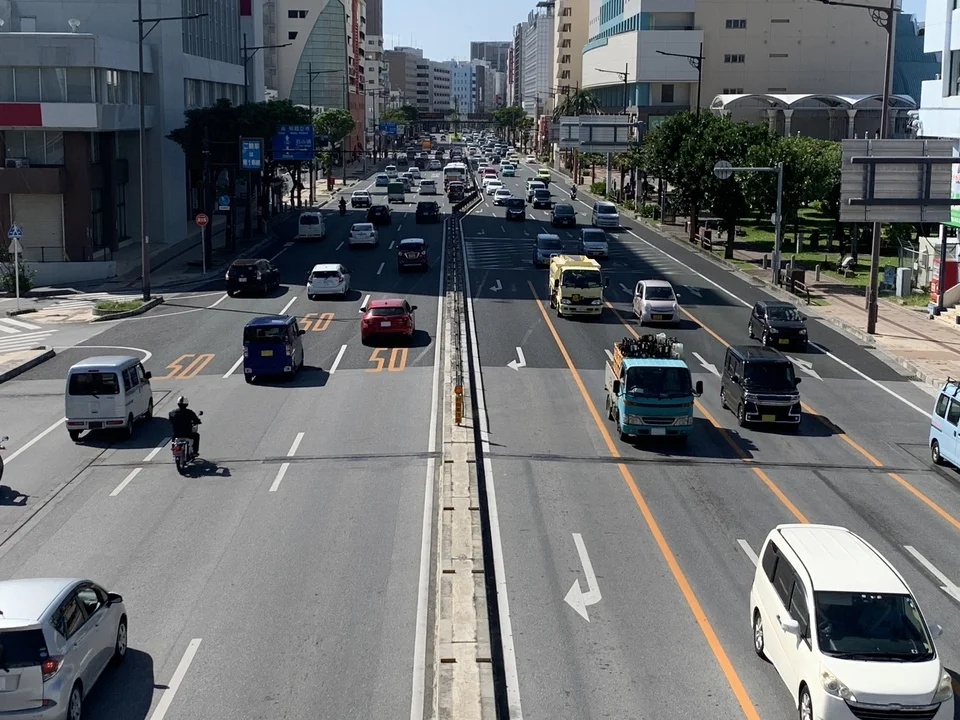
White Lane Markings
Solid line,do not arbitrarily cross to change lanes,but it's okay to cross briefly to avoid parked vehicles on the side of the road. Return to your lane quickly.
Dashed line, you can change lanes and overtake.
Yellow solid line with white dashed line, vehicles on the white line side can change lanes to the yellow line side, butvehicles on the yellow line side are prohibited from changing lanes..

Stop and Go signs:
Like in US, in Japan, it's not always clear to judge oncoming traffic when stopping at a stop line. Therefore, when you see the signs 止まれ (stop) or 踏切(railway crossing), you must come to a complete stop before proceeding, otherwise you'll face the following fines:
Not stopping before proceeding, fine ¥7,000 / Not stopping at a railway crossing, fine ¥9,000

No arbitrary temporary stopping:
Japan is very strict about temporary stopping or illegal parking. Don't have any lucky mentality! If you need to park, it's safest to find a nearby parking lot.
When stopping on the side of the road,please check the curb markings on the sidewalk:
Yellow dashed line, temporary stopping allowed, but no parking
Yellow solid line, completely prohibited from temporary stopping or parking
Illegal parking, fine starting from ¥10,000.
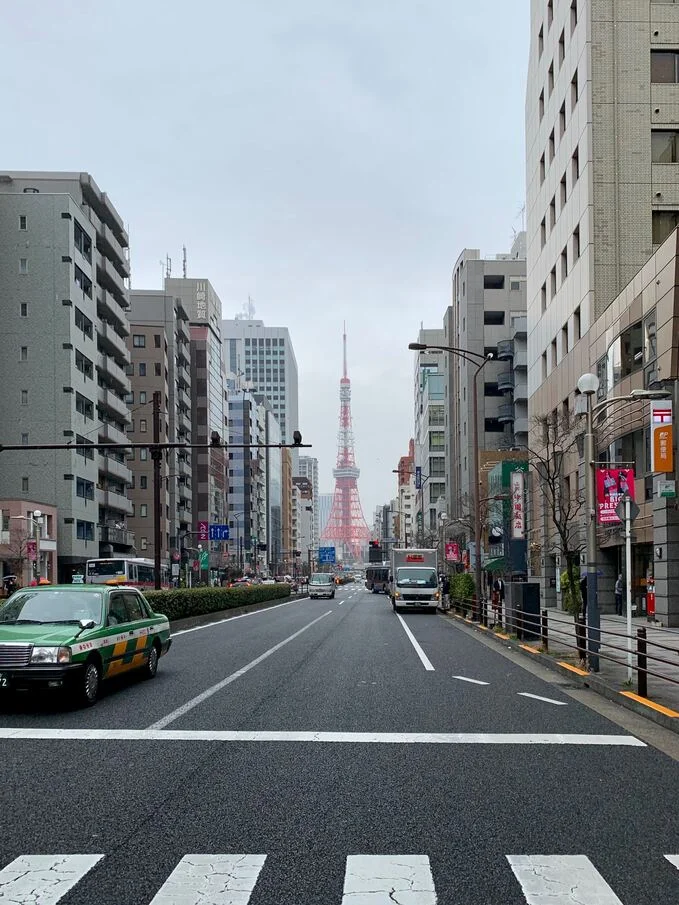
Clear Right-of-Way:
Japan has very clear driving rights of way, and there's no leniency in traffic penalties!
Vehicles going straight always have priority, then left-turning vehicles, and finally right-turning vehicles.
Main Road Priority:
When driving, you often encounter vehicles from side roads trying to merge onto the main road, or situations where both parties are unsure who should yield.
In Japan, it's very clear: the main road has the right of way. Continue driving and do not brake suddenly, as this could cause rear-end collisions.
Vehicles from side roads preparing to merge should slow down to a complete stop and ensure the traffic flow is clear before merging.
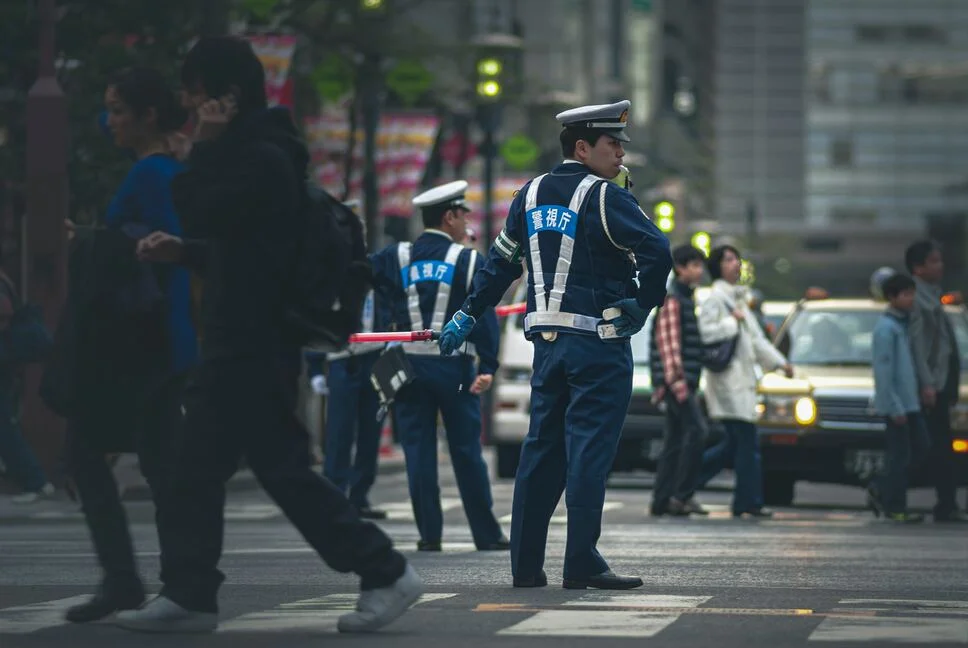
Pedestrian Priority:
Japan places great emphasis on pedestrian-friendly traffic, which is very different from Taiwan. Therefore, always yield to pedestrians, otherwise you'll be the one getting a ticket!
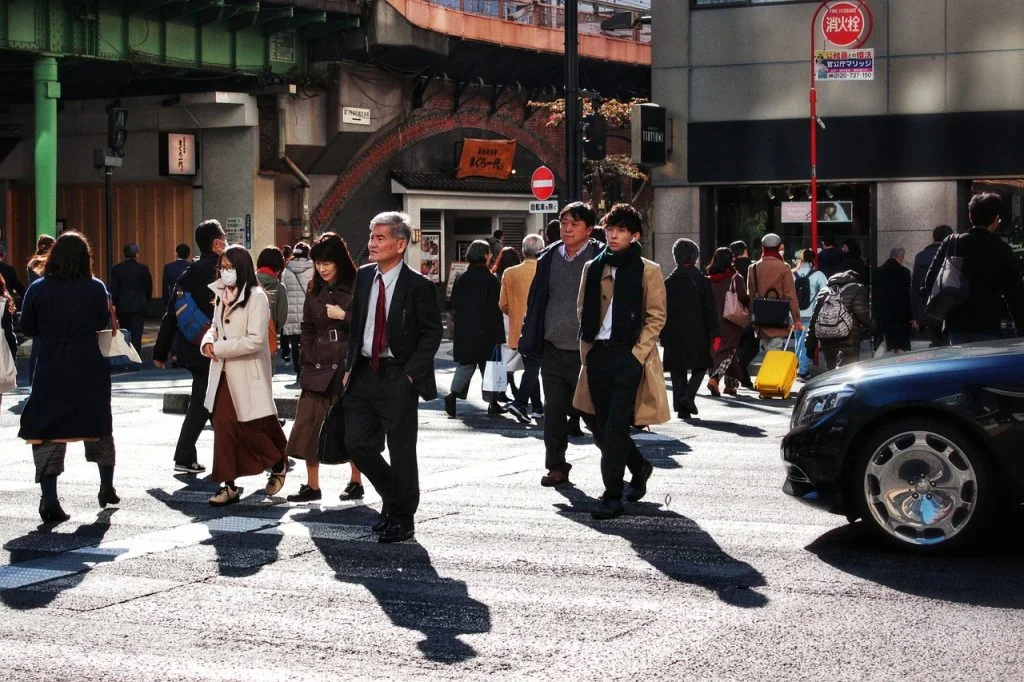
Reminder | If you unfortunately receive a traffic ticket, remember to go to the local police station (koban 交番所) to pay the fine. If you wait to pay at the rental car company, the amount will increase!
2. Traffic Signals
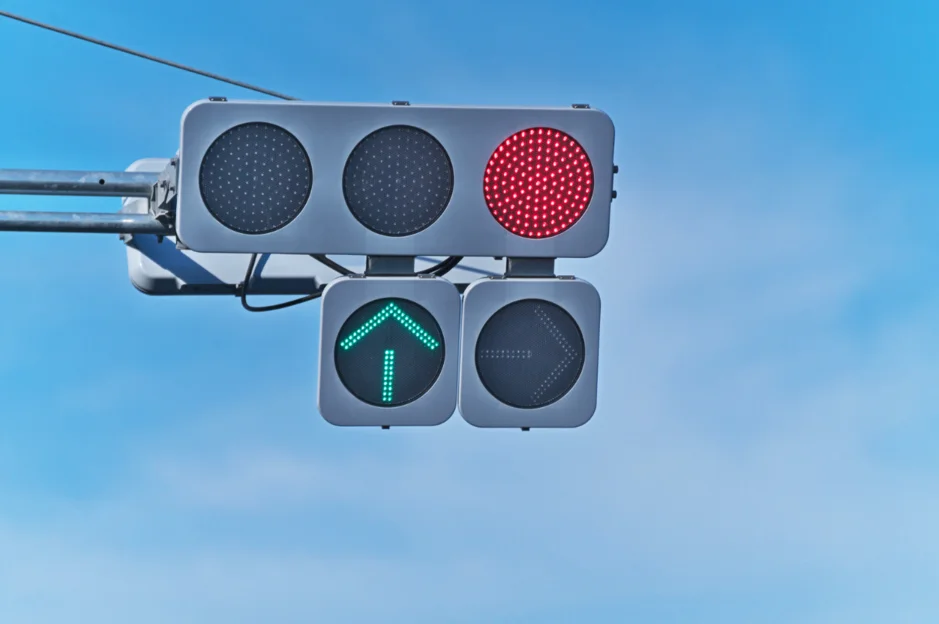
Traffic lights:
The upper row shows common red and green lights, the lower row shows straight, left, and right turn signals.
E.g., Red light + straight arrow → can continue straight;
Red light + left turn arrow → can continue left turn;
Green light + right turn arrow → safe to drive in all directions.
Common road signs

Source from kyushujourneys
3. Navigation Settings
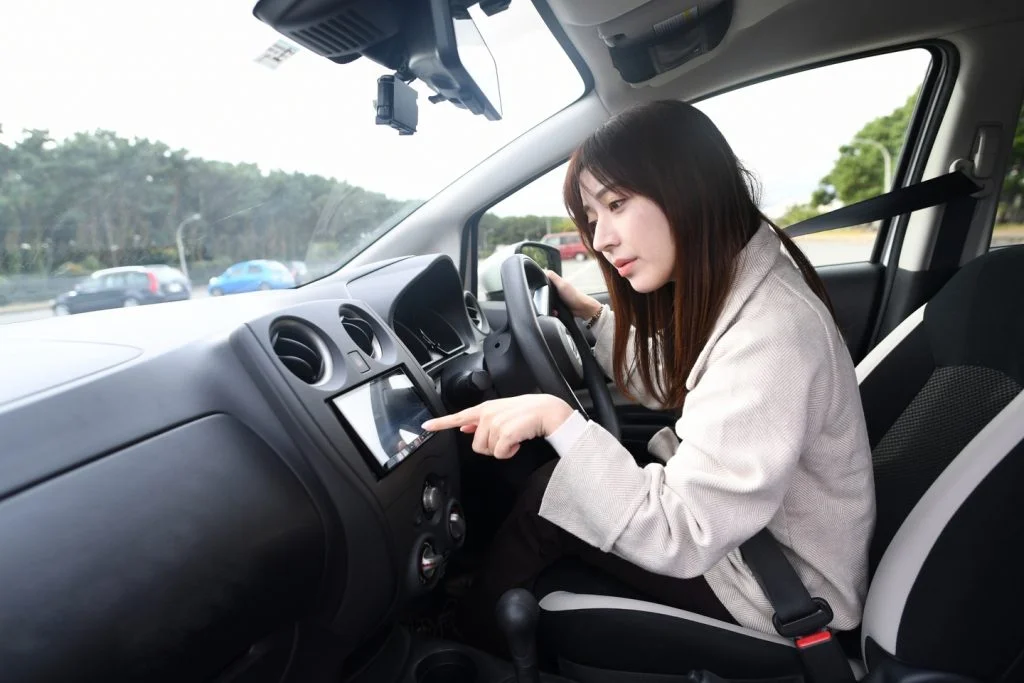
Japan's navigation systems have a unique Mapcode system. When your mobile internet is not reliable, useMapionto search for the mapcode of your destination, then directly enter the found number into the navigation system to easily and accurately reach your destination.
Click here for more Mapcode tutorial

4. Driver Indicator Stickers
These stickers are usually on the front or rear of the car. They're not only information for locals but also something foreign tourists should understand. The stickers allow locals to quickly identify and show appropriate consideration. You can ask the rental car company if they provide these for tourists, or you can inquire at relevant stores in Japan about purchasing them.
Common types include:
| Beginner Driver Sign | Elderly Driver Sign |
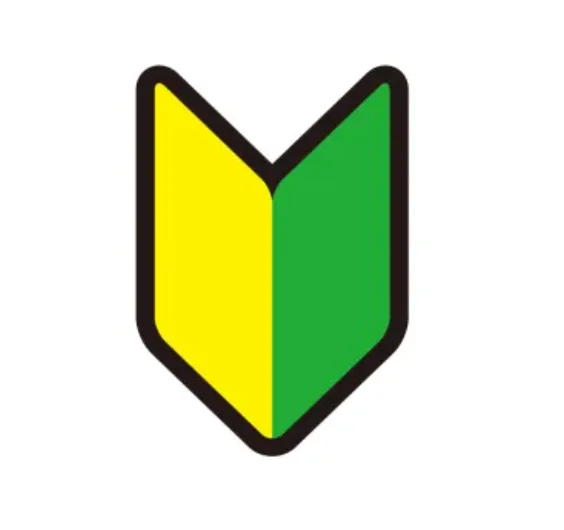 Indicates the driver has less than one year of driving experience |  Indicates the driver is elderly |
| Hearing Impaired Driver Sign | Physically Disabled Driver Sign |
 Indicates the driver has a hearing impairment |  Indicates the driver has a physical disability |
Under Japanese regulations, vehicles with these signs should be given consideration. This applies to both tourists renting cars in Japan and local citizens. Failure to do so may result in fines!
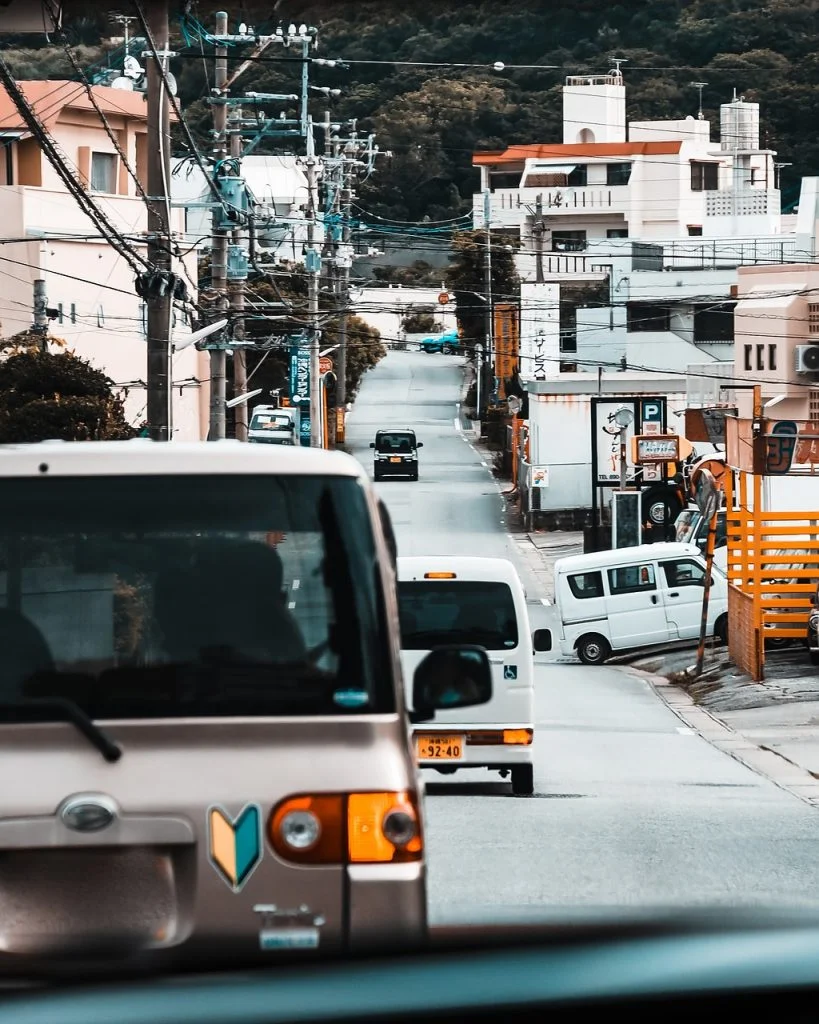
Japan Car Rental FAQ
Q: How old do you need to be to rent a car in Japan?
A: Many rental companies restrict rentals to those under 20 years old or those who have held a license for less than a year. Therefore, before renting, always double-check that you meet the rental company's restrictions!

Q: How are toll fees calculated?
A: Japanese highway tolls are divided into "一般" lanes where you pay cash and "ETC" dedicated lanes. When traffic is heavy, general lanes might have slight congestion, making ETC a more convenient choice. (Note that ETC lanes have a speed limit of 20km/h or less, otherwise the sensor might not detect your vehicle!)
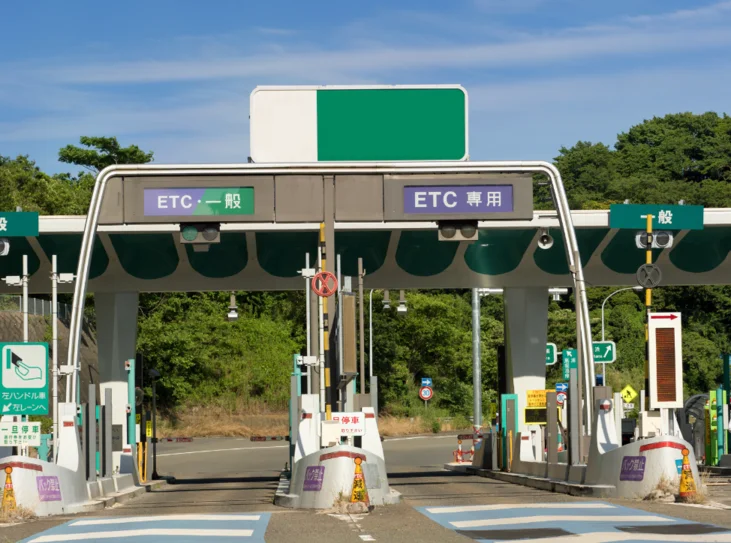
Q: What should I do if I have a car accident in Japan?
A: If you unfortunately have an accident, you must first contact the rental company immediately. Ask the shop to assist in handling the situation, and also report to the police to get an accident certificate for insurance claims.

Q: How do I pay traffic fines in Japan?
A: If you unfortunately receive a traffic ticket, remember to go to the local police station (koban 交番所) to pay the fine yourself. If you wait to pay at the rental car company or after returning to your country, the amount will increase!
Q: What if I booked a car through gogoout, but my flight or ship to Japan is delayed or cancelled?
A: If the pick-up location is affected by force majeure (such as natural disasters, strikes), our website will determine whether to cancel and refund or allow rescheduling. (This only applies to non-Taiwan contracted stores).
If you're a cruise ship passenger, the first clause of the rental rights explanation doesn't apply. If you need to cancel your car rental order, please apply for a refund according to the contracted store's cancellation policy.
Q: How to choose the car fuel
A: Japan has both staffed and self-service gas stations, with signs primarily in Japanese. For detailed Japanese-Chinese comparisons, please refer to the table below:
Please refer to the following table for a detailed comparison of Japanese.
| Fuel type | Fuel gun color | Japanese | English |
|---|---|---|---|
| Regular (95) | Red | レギコラー | Regular |
| Premium (98) | Yellow | ハイオク | Premium |
| Diesel | Green | 軽油 | Diesel |

Japan Car Rental Self-service fueling steps:
1. Choose fuel type, quantity, and payment method:
After selecting the fuel type, follow the screen instructions to decide the amount of fuel (can be priced by liter or amount)
Or directly select "満" to fill up. Payment can be made by credit card, at the self-service payment machine, or at the staffed counter.満」一次加滿。付費則可以使用信用卡、旁邊的自助繳費或是到人工收費站付款。
2. Refueling:
Open the fuel cap, insert the nozzle, and start fueling. When finished, return the nozzle, securely close the fuel cap, and collect your receipt and change.
With this guide to renting a car in Japan, you're now ready to start an unforgettable free journey in Japan. Whether you're exploring urban beauty or seeking rural tranquility, renting a car will give you unlimited freedom to explore. Remember, booking a vehicle, checking documents, and following rules are key to ensuring a smooth journey. Enjoy the beautiful scenery, unique culture, and culinary journey, and bring back unforgettable memories. We wish you a surprising and enjoyable free journey in Japan!
See more articles related to car rental in Japan:
👉[Okinawa Sports Car Rental: Recommendations, Price Comparisons, and Complete Guide]
👉【Okinawa car rental must see】car rental recommendations, cost comparisons, self-driving attention to a full strategy!
👉Essential Guide for Self-Driving in Okinawa: Document Preparation, Traffic Rules, Insurance Information
👉[Tokyo Car Rental: Recommendations, Company Comparisons, and Tips for a Smooth Self-Drive Experience]
👉[Osaka Car Rental: Comprehensive Guide, Driving Tips, and Insurance Information]紹,一篇輕鬆就能懂!
👉[Kyoto Car Rental: Driving Considerations and Recommendations for a Hassle-Free Experience]
👉【北海道租車】最新攻略,9大注意事項自駕上路必看!
👉【名古屋租車】最新租車公司比價、保險注意事項全攻略,讓你自駕玩中部!
